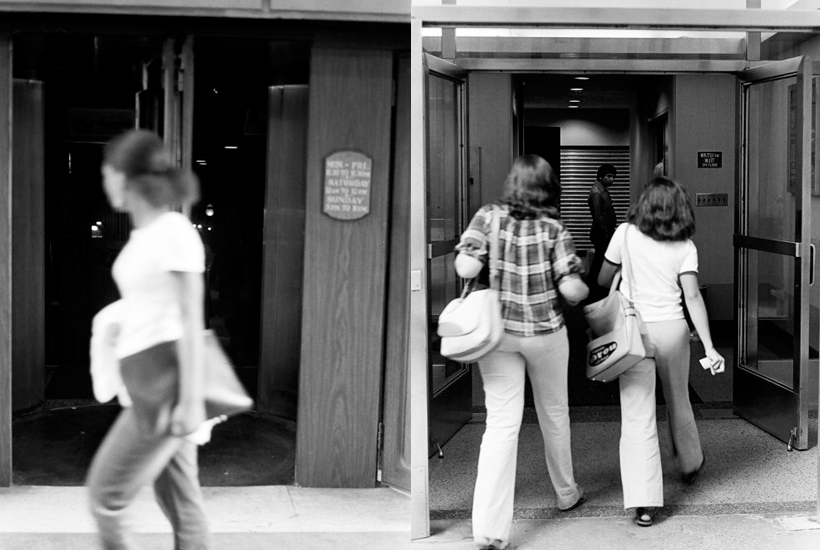WALKING AS CREATIVE PRACTICE
A Cultural Serving WALKING AS CREATIVE PRACTICE From Virginia Woolf and James Baldwin to Anaïs Nin and Patti Smith, the artists, writers, and creative practitioners who have utilized walking as a grounding, fruitful, and essential component of their work transcends time, place, and discipline.
A Cultural Serving
WALKING AS CREATIVE PRACTICE
From Virginia Woolf and James Baldwin to Anaïs Nin and Patti Smith, the artists, writers, and creative practitioners who have utilized walking as a grounding, fruitful, and essential component of their work transcends time, place, and discipline.
Marina Abramović and Ulay famously walked the 2,400-mile stretch of the Great Wall of China in a dramatic work of performance art. The photographer Sophie Calle followed a man she once met at a party from Paris to Venice, primarily trailing him on foot. Art critic Lucy Lippard is known to take daily strolls as a “kind of out-of-body form.”
From Virginia Woolf and James Baldwin to Anaïs Nin and Patti Smith, the artists, writers, and creative practitioners who have utilized walking as a grounding, fruitful, and essential component of their work transcends time, place, and discipline. Rebecca Solnit in Wanderlust writes that “the rhythm of walking generates a kind of rhythm of thinking, and the passage through a landscape echoes or simulates the passage through a series of thoughts.” This co-constitutive movement has drawn in countless creatives for its ability to engage the body and subsequently free the mind.
As spring approaches and the streets become more appealing sans snow and ice, we’re lacing up and heading out for an introspective and productive stroll, book in bag, of course.
Beyond the intellectual impact of ambling, walking as a practice is embedded within the art world. In the 16th century, the benefits of daily strolls became widely known, and the wealthy often had galleries installed within their homes, which were essentially long corridors established for indoor exercise. These halls eventually displayed paintings and other artworks and transitioned into the spaces for viewing we know today.
Think about
Henry David Thoreau is a primary touchstone for many creatively minded wanderers, considering his autobiographical essay on the topic. He writes about his fierce devotion as such: “I think that I cannot preserve my health and spirits, unless I spend four hours a day at least—and it is commonly more than that—sauntering through the woods and over the hills and fields, absolutely free from all worldly engagements.” Whether walking is the practice of choice, we find this level of commitment to feeding the mind and body enviable–if not deliciously gluttonous.
Keep reading
The inimitable critic and essayist Vivian Gornick recounts the impossible optimism she’s often felt while strolling New York in her memoir, The Odd Woman and the City.
Lauren Elkin, whose forthcoming book we’re highly anticipating, also brought us Flâneuse, a melange of cultural history and memoir that considers what it means to create and think while exploring cities on foot.
Written by So Textual






